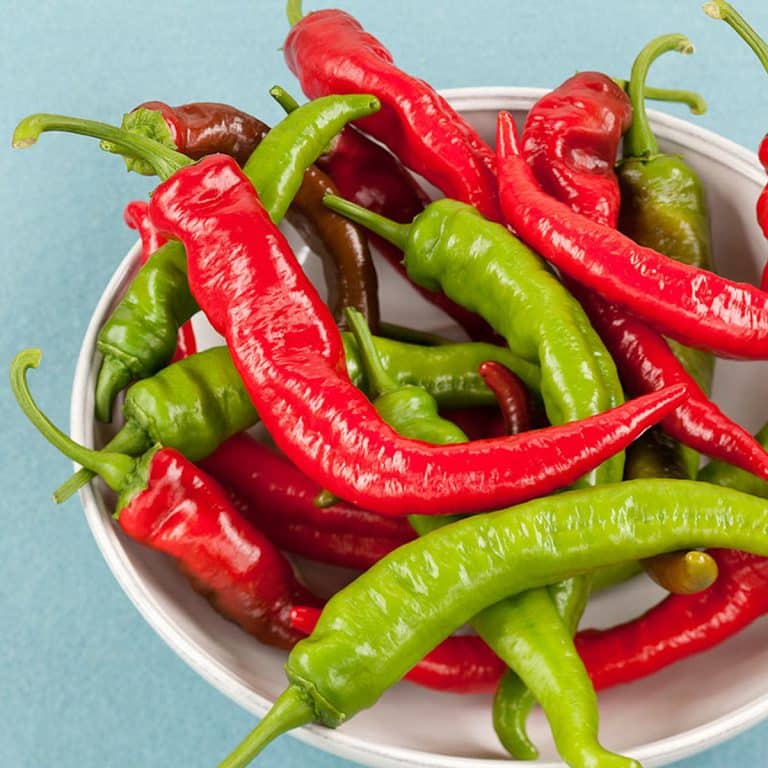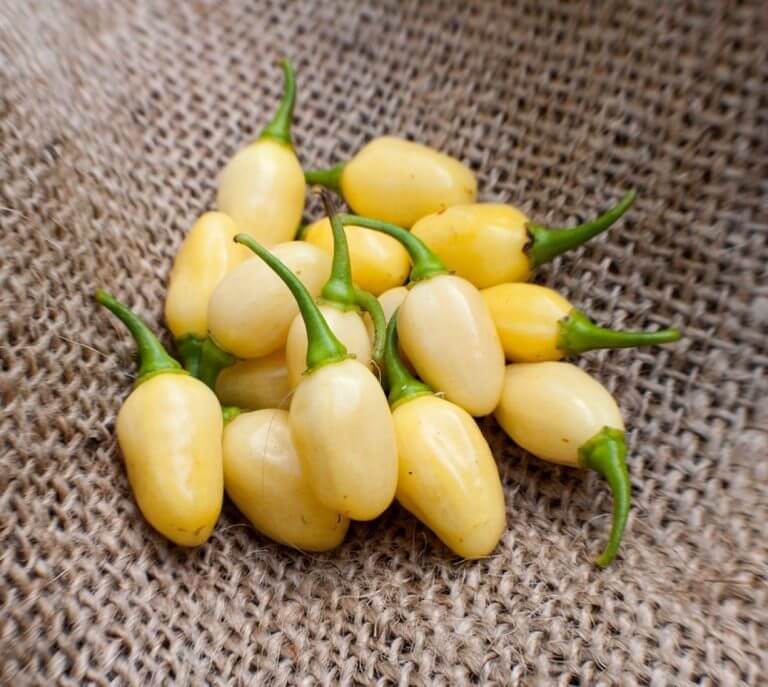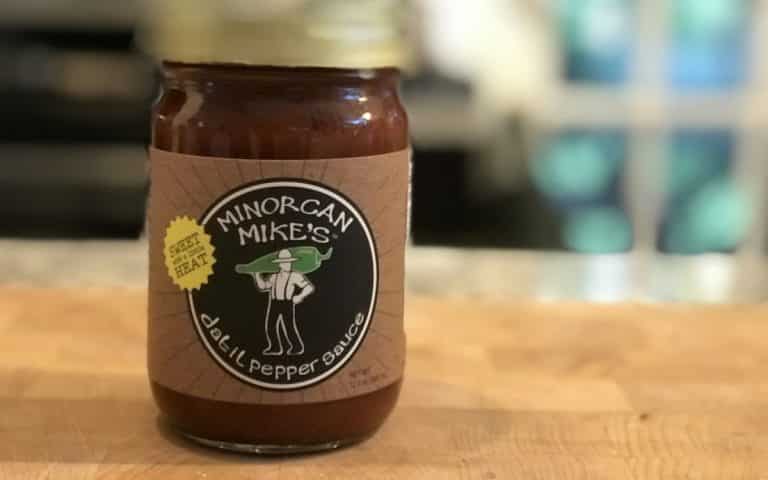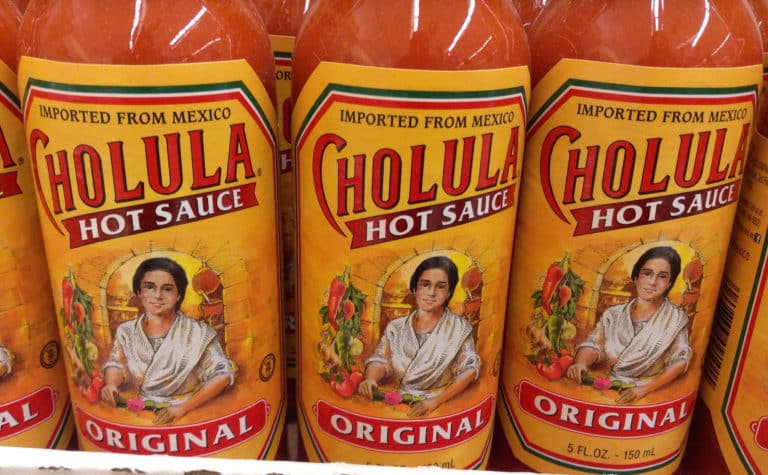For many, the bell pepper may be the biggest pepper they’ve ever seen. But there are more than a handful of peppers in the world that eclipse the bell. These big fruits are the giants of the pepper scale, yet they don’t have a level of heat that matches their frames. In fact, all the big peppers on our list are either mild or barely medium in overall spiciness, the spiciest never getting past the heat of a jalapeño pepper.
Fun & Learning
Round Peppers Guide: From Marble-Sized to Apple-Wide
Peppers come in a surprising amount of shapes – conical, elongated, thin, and curved are among the most prevalent. Here, though, we celebrate chilies that buck the trend. Round peppers, though, are more common than you may think, and they are well spread throughout the pepper scale. Some are truly ornamental peppers that catch the eye like Christmas bulbs, while others are culinary chilies that look more like an apple or tomato than a hot chili.
Before we begin, let’s define “round” . What makes it onto our round peppers guide? Marble shaped, yes. Bulb-like shape, more rounded than cone, another yes. Tomato or apple-like shape, yes. Cone-like shape with rounded edges, no. We have the draw the line somewhere and the cone shape is it for us. If you want to see cone-like chili shapes, check out our ornamental pepper guide than has many colorful and dramatic options.
Small Peppers Guide: Tiny Delivers Big
They may be small, but these peppers still pack plenty of heat. Our small peppers guide focuses on chilies one inch in length or less. These are tiny fruits, but as anyone familiar with the pepper scale know, the tiniest chilies tend to pack more than your normal punch. In fact, there aren’t any mild chilies on our list.
Many chilies featured in our guide are ornamental peppers with a lot of visual flair, but there are more than a few unique culinary chilies – like the lilliputian pequin and chiltepin peppers. Those pack more nuance in flavor, adding smokiness and fruitiness to the heat (among other flavors), making them perfect for all sorts of culinary exploration.
White Peppers Guide: From Cream To Cornsilk
Peppers are known for the beautiful colors – shades of reds, greens, purples, and oranges fuel the pepper scale. But, let’s give some love the the white pepper. It’s a unique beauty among its peers – subtle yet sleek and still plenty of heat to be had.
Beyond that subtle beauty, why else do white peppers matter? There’s a very functional place for them in the kitchen. Their creamy hues blend in perfectly with cream-based sauces. There are no greens and reds marring the perfect white creaminess of a spicy béchamel sauce, no coloration changes when processing that pasta cream sauce. They hide where the heat comes from very well.
In our white peppers guide, we break down your best options for these cream colored beauties. We include plants that not only provide white as its primary color, but also multi-colored pepper plants where white is part of the overall scheme.
Ornamental Peppers Guide: The Bold And The Colorful
Chili peppers are more than good eats. There’s a whole world of ornamental peppers out there that are hallmarks of edible landscaping. From multi-colored beauties to fruits that are black as night, these hot peppers are bred to accentuate their looks, adding a real sense of drama to a space. Our ornamental peppers guide showcases some of the best for both outdoor use and container gardening. Click on any of the profile links to get an even fuller sense of what each of these chilies is all about.
Minorcan Mike’s Datil Pepper Sauce: More Than Sweet Heat
Datil hot sauces are often known for their sweetness. And that’s certainly true in spades for Minorcan Mike’s Datil Pepper Sauce. It’s a “sweet heat” sauce at its core, but there’s a tasty catch with Minorcan Mike’s…it finishes with a heck of a lot more …
Peruvian Peppers Guide: Ajis And More
Peru is the origin of some of the most delicious chili peppers on the pepper scale, though none are popular staples outside of their native land. In Peru, though, some of these chilies share condiment space right beside those salt and pepper staples. It’s a culture that loves its heat – and peppers with a lot of nuance behind the spice. Let’s review the most popular Peruvian peppers. You can learn even more by clicking through to the profile of any of the peppers below.
Cholula Hot Sauce Nutrition: How Healthy Is It?
Cholula Hot Sauce is one of the few Mexican hot sauces that are popular in the US. It is made in Chapala, Mexico from a recipe handed down for three generations of the Harrison family. The Harrisons were the first to make the sauce, which …
El Yucateco Ingredients: What Makes This Hot Sauce Tick?
The El Yucateco company was founded in 1968 in Yucatan, Mexico by Priamo J. Gamboa. The term “Yucateco” refers to people from the Yucatan. Gamboa’s company started as a small family-owned business that specialized in habanero-based hot sauces. El Yucateco sauces have gone on to become favorites among chili pepper fans as versatile condiments that can be used on a wide variety of foods. So what’s behind this delicious hot sauce? There are many options, but let’s take a closer look at the ingredients of one of its most popular varieties – El Yucateco Chili Habanero Hot Sauce (red).
Ghost Pepper Nutrition: How Healthy Are They?
Also known as bhut jolokia, ghost peppers rose to fame in the early 2000s and still carry a significant amount of notoriety. Ghost peppers are a hybrid of two chili pepper cultivars that were brought from the Americas. This Capsicum chinense cultivar originated in the Indian state of Assam and is world famous for its extreme pungency and heat, but is it good for you? Do you get any health benefits from eating ghost peppers? The answer is, yes; ghost peppers do have beneficial characteristics to go along with that wicked heat.









